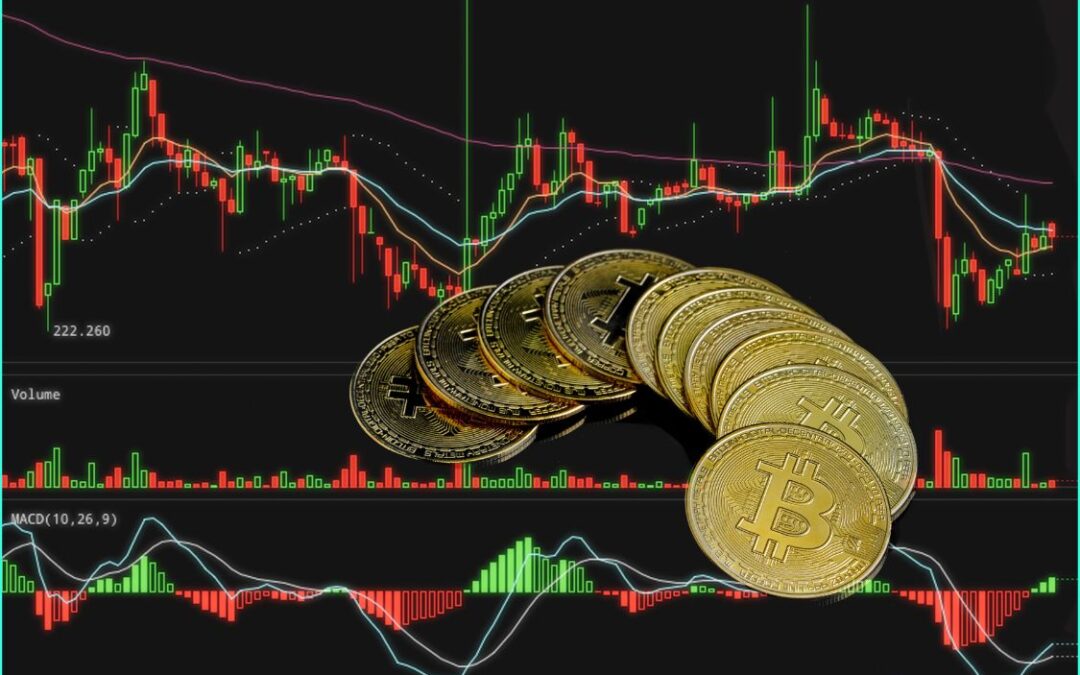If you’ve been exploring the world of cryptocurrencies, you might have heard the term “crypto burn rate.” It’s a phrase that’s used often in blockchain communities, whitepapers, and crypto news — but what does it actually mean?
In this easy-to-understand guide, we’ll explain everything you need to know about crypto burn rate: what it is, how it works, why it matters, and how it can affect the price of digital coins and tokens.
Whether you’re a beginner or just brushing up on your crypto knowledge, this article will give you a solid foundation.
What Is Crypto Burn Rate
The crypto burn rate refers to the speed or frequency at which cryptocurrency tokens are permanently destroyed, or “burned,” over a certain period of time.
This process is done on purpose and is often used to reduce the total supply of a cryptocurrency. The tokens that are burned are sent to an unusable blockchain address, known as a burn address — meaning no one can ever access or use them again.
In short: Crypto Burn Rate = How fast tokens are burned daily, weekly, or monthly
The burn rate is an important part of a cryptocurrency’s tokenomics — the economic system behind the token.
What Is Token Burning
Token burning is the act of removing cryptocurrency tokens from circulation forever. It’s a deflationary process, which means it reduces the number of coins available on the market.
How Does It Work
- A certain number of tokens are sent to a burn wallet
- This wallet has no private key — it’s inaccessible
- Tokens sent there are gone forever
- Anyone can view the burn transaction on the blockchain
Why Do Cryptocurrencies Burn Tokens
There are several strategic reasons why crypto projects burn their tokens:
Reduce Total Supply
Lower supply can make tokens more scarce, which may increase value over time if demand stays strong.
Boost Token Price
By reducing the number of tokens, the project can create price pressure — especially if there is growing demand.
Show Project Commitment
Burning tokens proves that the team is serious about the long-term value of the project.
Create a Deflationary Model
Deflation means your tokens may gain value over time, which is attractive to long-term investors.
How Does Crypto Burn Rate Work
The crypto burn rate is calculated based on how many tokens are burned over a specific period, such as:
| Time Period | Burn Rate Example |
| Daily | 10,000 tokens per day |
| Weekly | 70,000 tokens per week |
| Monthly | 300,000 tokens per month |
The rate can be:
- Fixed (burning a set amount regularly)
- Dynamic (burns based on usage or trading volume)
- Event-based (burns after special events like buybacks)
Types of Token Burn Mechanisms
Different crypto projects burn tokens in different ways. Here are the most common methods:
Manual Burns
Tokens are burned manually by the team on a scheduled or surprise basis.
Automatic Burns
Smart contracts are programmed to burn tokens during certain actions — like every transaction.
Buyback and Burn
The project uses revenue (such as from trading fees) to buy tokens from the market and then burn them.
Fee-Based Burns
Part of the transaction or gas fee is burned automatically — like on Ethereum after its EIP-1559 upgrade.
Real Examples of Crypto Burn Rate
Let’s look at some real-world cryptocurrencies that use token burning:
Binance Coin BNB
- Binance performs quarterly burns
- BNB’s burn rate depends on trading activity on the Binance exchange
- Goal: burn 100 million BNB, half the total supply
Ethereum ETH
- After EIP-1559, part of every transaction fee is automatically burned
- The ETH burn rate increases when network usage spikes
Shiba Inu SHIB
- SHIB has a community-led burn mechanism
- The burn rate increases when users make certain purchases or donations
Terra Classic LUNC
- After the crash, LUNC introduced a tax burn on each transaction
- This is meant to reduce oversupply and slowly restore value
How Burn Rate Affects Price and Supply
Burn rate directly influences supply and demand in a crypto economy.
Scarcity Drives Value
When fewer tokens are available, and demand is steady or rising, the price may go up.
Confidence and Hype
A high burn rate can build excitement and market confidence, especially when it’s public and transparent.
Long-Term Effects
A consistent burn rate can lead to long-term deflation, which supports price growth over time.
Burn Rate vs Coin Minting: Inflation vs Deflation
Let’s compare burning with minting (creating new coins):
| Concept | Burning | Minting |
| Purpose | Reduces supply (deflation) | Increases supply (inflation) |
| Effect | May increase price | Can dilute value |
| Example | ETH burn after EIP-1559 | BTC mining (new BTC created) |
Burning is often used as a tool to offset inflation or to switch from an inflationary to a deflationary model.
Pros and Cons of Crypto Burn Rate
Pros
- Creates scarcity and may increase value
- Helps fight inflation
- Builds investor trust and community hype
- Encourages long-term holding
Cons
- Doesn’t guarantee price increase
- Can be misused as marketing hype
- May not help if demand is low or falling
Frequently Asked Questions
Is a higher burn rate always better
Not necessarily. A higher burn rate may reduce supply, but it’s only effective if demand stays strong.
Are burned tokens really gone forever
Yes. Burned tokens are sent to a special address with no private key. They can never be recovered.
How do I check a project’s burn rate
Check the project’s official website, blockchain explorer (like Etherscan), or community dashboards.
Do all cryptocurrencies burn tokens
No. Some do, some don’t. Token burning depends on the project’s tokenomics and goals.
Final Thoughts
The crypto burn rate is more than just a technical metric — it’s a key part of a project’s long-term strategy. It helps control inflation, boost value, and build trust with investors.
However, token burning should always be considered alongside other factors, like utility, demand, team transparency, and project roadmap.
In short: A healthy burn rate can support a strong token — but it’s not a magic solution.
If you’re researching crypto investments, take time to study how burn rate fits into the overall tokenomics. Look for projects that balance real-world use, deflation, and community trust.
Visit: Volity





